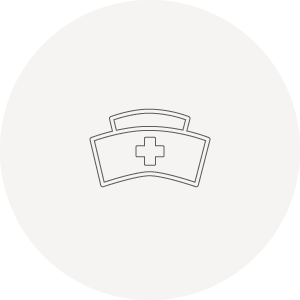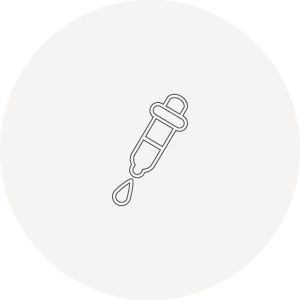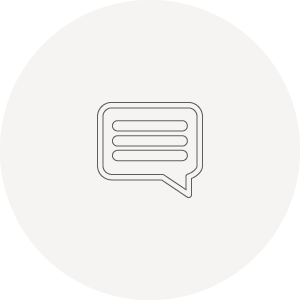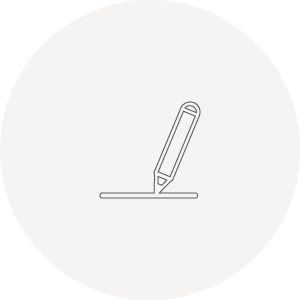Four different tissue types
Bone, cartilage, skin, and mucous membrane — make the nose a truly complex structure. Yet, it can give a face striking beauty! But caution: aesthetic rhinoplasty is the most challenging procedure in aesthetic surgery and has the longest learning curve of all cosmetic operations. Therefore, you should only entrust your rhinoplasty to experienced and highly qualified surgeons!
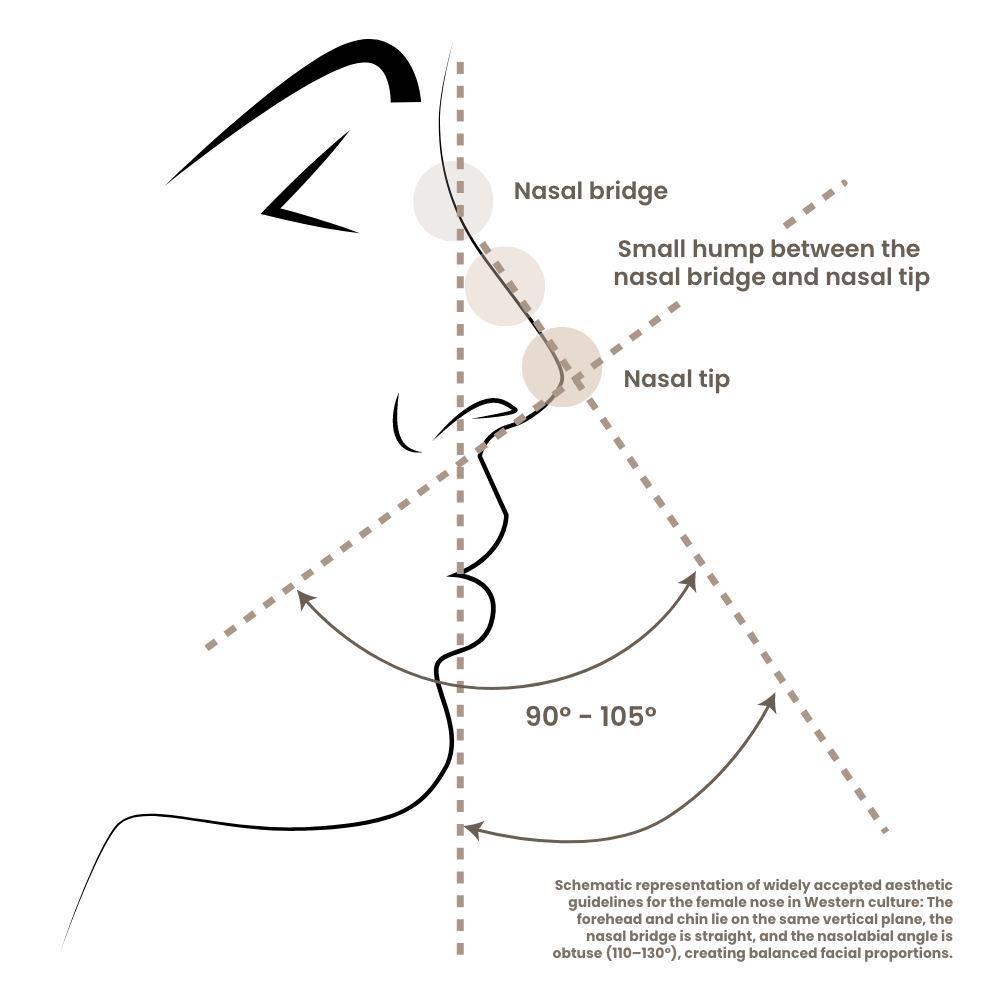
Important facts and information about rhinoplasty
Nose corrections can lead to very different changes. In the vast majority of cases, it is possible to meet the wishes of patients — provided that a natural result is desired and the correction involves congenital or (accident-related) acquired imperfections.
Sometimes, patients request to have the same nose as a particular actor or actress. While I fully understand that people may be dissatisfied with their appearance and wish to make changes, such requests are simply not achievable. As a plastic surgeon with many years of experience in aesthetic surgery, I know the natural limits of what is surgically possible. Moreover, such expectations are often unrealistic. My guiding principle has always been to create harmony — not to fundamentally alter a person’s face.
The nose consists of various types of tissue, all of which must continue to function properly after surgery. Only then can effortless breathing be maintained and complications in the airways avoided. That’s why I always provide a thorough consultation before any procedure, including an assessment of your nasal function and septum. Using computer simulation, I show you how we can correct anatomical irregularities of your nose while preserving its natural function. This is the hallmark of a responsible and professional plastic surgeon.
Do you have questions? Feel free to contact me — I’ll be happy to answer them!
Corrections must not destroy the cartilage
In the past, rhinoplasty often involved partially removing or cutting the cartilage. Today, this approach has changed. Better results are achieved when as much of the cartilage framework as possible is preserved. The nasal shape is corrected using shaping sutures and stabilizing cartilage grafts. Instead of destroying existing cartilage, the modern approach focuses on stabilizing it. These stabilizing cartilage grafts are called struts.
Techniques: Even though the modern procedure is gentler, a surgical approach is still required. This can be closed, semi-open, or open. I would not favor one method over the others — the choice depends entirely on the individual situation and how the advantages and disadvantages of each approach apply. A surgeon must master all three techniques in order to achieve the best possible result with the least necessary intervention.
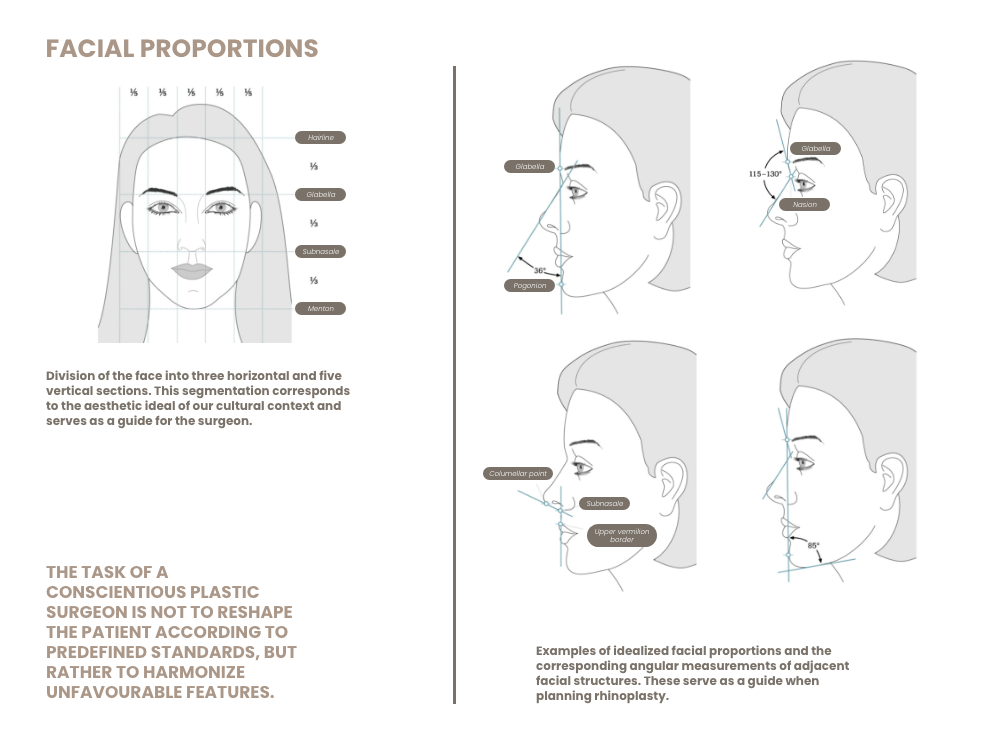
What is most commonly corrected?
Every rhinoplasty is unique. It begins with an anatomical feature that doesn’t fit harmoniously into the face — and ends with a balanced, natural appearance. But what happens in between?
There are almost endless possibilities when it comes to rhinoplasty procedures. The most common corrections include:
- removal of dorsal humps on the nasal bridge
- straightening of the nasal bone in cases of crooked or deviated noses
- correction of a deviated nasal septum
- cartilage grafting in cases of disproportionately small or short noses
- refinement of the nasal tip
- elevation of the nasal tip
- reduction of nasal tip size
- shortening of nasal projection (distance from tip to upper lip)
- correction of nasal deformities resulting from cleft lip, jaw, or palate
The most important (and more complex) challenges in rhinoplasty
Rhinoplasty for a dorsal hump
Humps are very often removed. When the hump reaches a certain size, the nasal pyramid must be opened, creating what is called an open roof. In doing so, an important supporting mechanism of the nasal pyramid is often removed, which can later lead to a visible collapse in the middle third of the nose.
To prevent this, I work with precisely shaped cartilage grafts. These so-called spreader grafts provide long-lasting results and effectively prevent the unsightly inverted-V deformity.
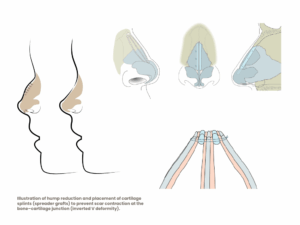
Rhinoplasty for a broad nose
Delicate, slender noses are considered desirable and beautiful — and as long as they fit the face, there’s nothing wrong with that. Sometimes, however, a nose appears simply too wide. In such cases, I can narrow the base of the nose (the nostrils) by repositioning them closer together. The overall shape of the nose remains unchanged.
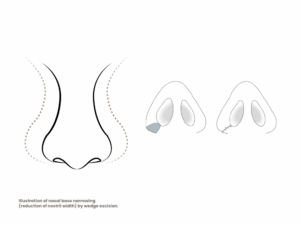
Rhinoplasty for a long nose
How long should a nose be? The length of the nose, together with the inclination of the nasal bridge, determines the nasolabial angle. A too blunt angle results in a “snub nose,” while a too sharp angle leads to a “drooping nose.”
The nasal bridge can be shortened relatively easily, making a long nose well-suited for correction.
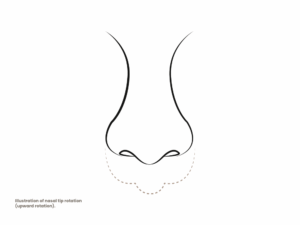
Reshaping the nasal tip
The nasal tip is particularly delicate and represents the most demanding part of rhinoplasty, requiring great skill and precision from the surgeon. Ideally, the tip should form the highest point of the nasal bridge and display two symmetrical highlight points that reflect light evenly.
To shape the nasal tip, I use carefully placed sutures and, if necessary, small cartilage grafts.
The goal: harmony.
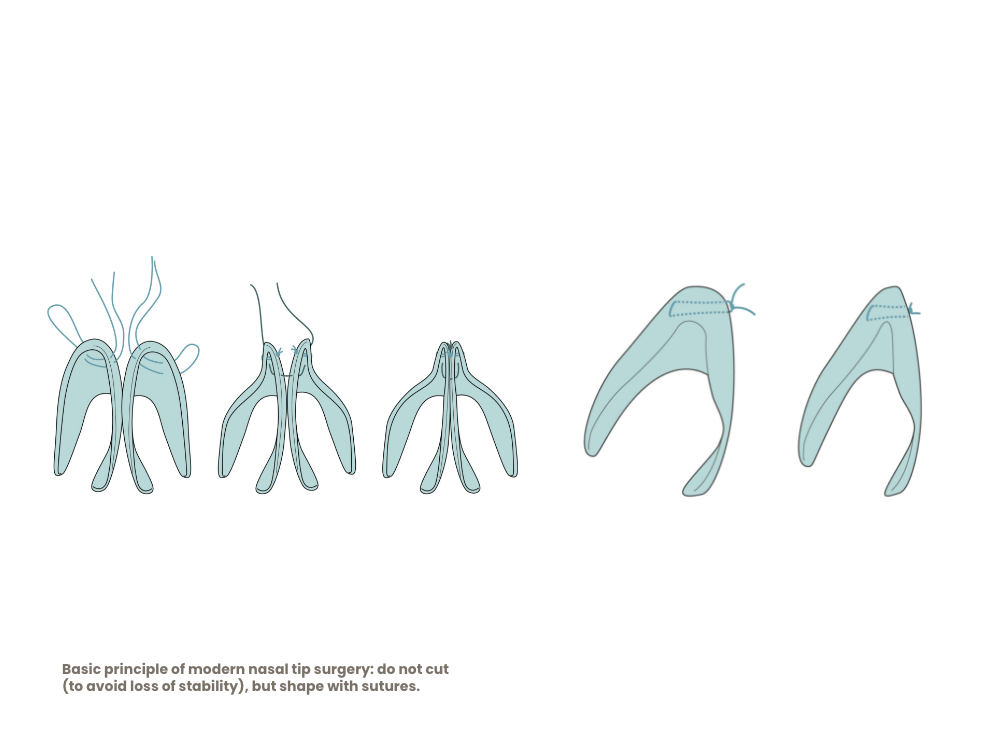
The face is our façade — our calling card. That’s why facial harmony is so important. In addition to the nose, the chin also plays a key role. If the chin protrudes or recedes, it disrupts this harmony: faces are perceived as beautiful when the foremost points of the forehead and chin are on the same line.
A rhinoplasty is therefore not always the sole solution. Put differently: the result of a nose operation is only truly satisfying when the harmony of the chin is also balanced. This can often be achieved with minimal additional surgical effort — for example, through a chin correction. In most cases, the differences (whether deficiency or excess) are so minor that no jaw surgery is required.
Curious?
Contact our clinic — we always take the time for a thorough consultation and precise planning. This includes taking a digital photograph of your nose. Using a morphing program, we illustrate the potential changes and show you the possible results.
This way, we can consistently align your wishes with what is surgically feasible and medically reasonable. I look forward to meeting you — simply schedule an appointment!

